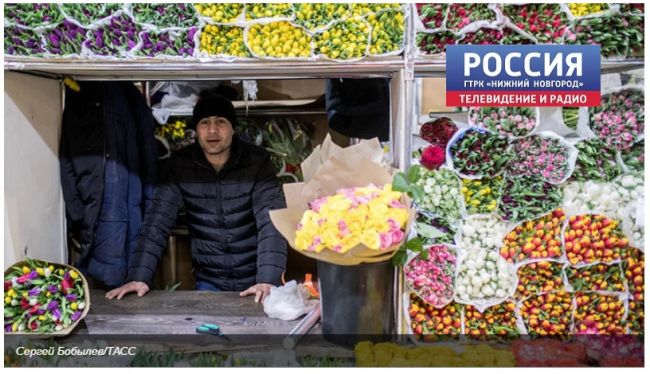Armenia’s 2025 Agricultural Export Surge: Fruits, Vegetables and Flowers to Russia Soar

Armenia’s Remarkable Surge: Fruit, Vegetable, and Flower Exports to Russia Soar in 2025
Unprecedented Growth Marks New Chapter for Armenia’s Agricultural Exports
Armenia has set a striking new benchmark in its agricultural trade, recording a substantial rise in the export of fruit and vegetable products to Russia in the early months of 2025. The total volume reached an impressive 103.4 thousand tonnes, representing a 1.5-fold increase compared with the same time frame last year, when exports stood at 69.6 thousand tonnes. Parallel to this surge, the country’s shipments of cut flowers to Russia also achieved notable expansion, climbing 47 percent year-on-year to more than 71.1 million stems, up from the previous 48.5 million stems. This significant upswing was announced by Rosselkhoznadzor, underscoring Armenia's strengthened presence in the Russian market.
Origins and Evolution of Armenia’s Export Momentum
The roots of Armenia’s thriving export sector can be traced to its extensive agricultural tradition, where favorable climate and fertile soil support an array of crops and floricultural varieties. Over the years, diversification and improvements in post-harvest infrastructure have played pivotal roles in scaling up the country’s output capacity and meeting evolving standards demanded by major trading partners. Establishing long-standing commercial links with neighboring countries, particularly Russia, has proven instrumental in unlocking new export opportunities for Armenian producers, especially in the high-value segments of fruits and fresh-cut flowers. The dramatic leap in recent export volumes signals both robust harvest outcomes and effective market penetration strategies tailored to consumer demand in Russia.
Key Milestones and Core Export Terminology
In understanding the scale of Armenia’s export achievement, it is crucial to highlight several fundamental concepts. Total volume reflects the quantity of physical goods shipped across borders, while year-on-year growth percentage quantifies the change relative to the previous corresponding span. A 1.5-fold rise in fruit and vegetable consignments and a 47 percent boost in cut flower shipments exemplify growth rates rarely seen in such a brief interval. These gains indicate resilience in production systems, adaptability in logistics, and the integration of efficient cold chain management crucial for perishable goods and floriculture exports. Furthermore, the term “cut stems” refers specifically to flowers harvested for decorative purposes—hugely popular across Russian wholesale and retail markets.
Strategic Significance and Market Implications
Capitalizing on this momentum, Armenia’s agricultural enterprises are positioned to further consolidate their ties with Russia, a strategic market that has consistently absorbed a considerable share of Armenian produce. This current phase marks a milestone, not only for its scale but for what it implies about market confidence and trade reliability. With shipments rising so substantially, Armenian exporters are demonstrating both capability and agility in scaling up output to address expanding demand in Russia. Such figures also underscore the importance of maintaining quality assurance protocols and robust transportation networks to ensure products arrive in optimal condition while minimizing potential waste.
Pivotal Moments Shaping the Export Landscape
Several decisive factors have shaped the recent trajectory of Armenian exports. Improved post-harvest handling and investments in agricultural infrastructure have enabled producers to minimize spoilage and maximize yields, particularly across labor-intensive sectors like fruit cultivation and greenhouse floriculture. Enhanced cross-border logistics, faster customs processing, and adaptive marketing strategies have further facilitated the surge in trade volumes. The consistent growth in demand for Armenian agricultural products in Russia attests to the effectiveness of these measures and sets a high watermark for the sector’s export potential.
Looking Forward: Sustainability and Expansion
While the latest figures chart a course of impressive progress, maintaining this upward trajectory will depend on continued innovation both in agricultural techniques and supply chain efficiency. Sourcing premium varieties and ensuring compliance with stringent import standards remain priorities for Armenia’s exporters. The resilience of the sector and the demonstrated adaptability of its enterprises serve as key indicators for sustained success. In this dynamic context, the compelling increase in fruit, vegetable, and flower exports to Russia represents not just a statistical accomplishment but an evolving narrative of ambition, resilience, and market expansion.
